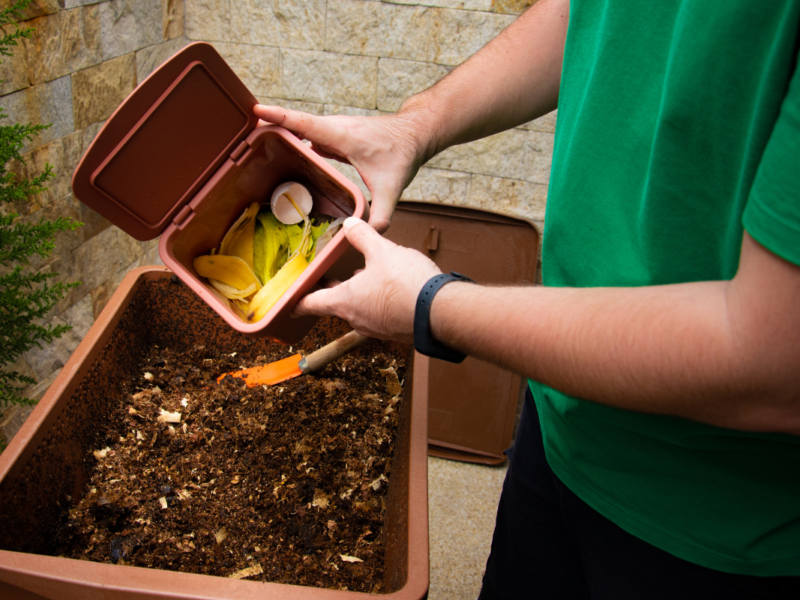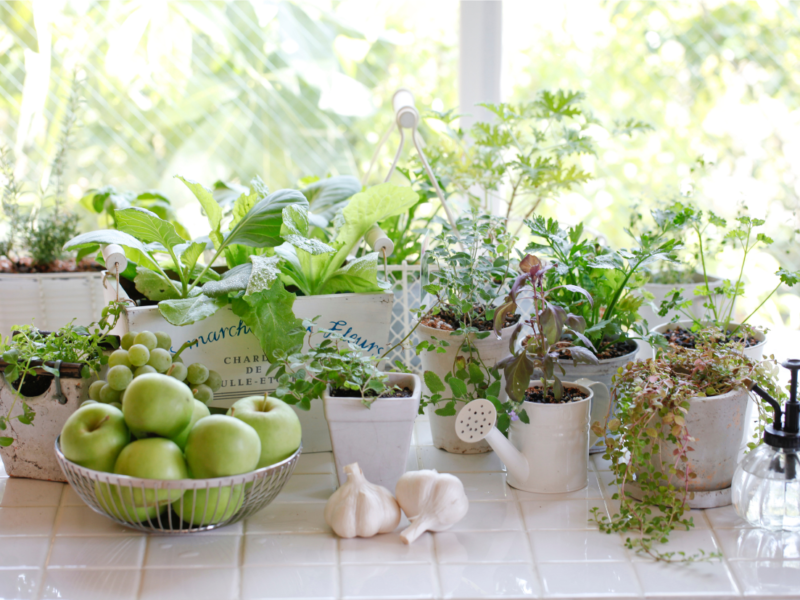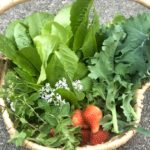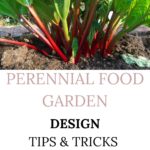Read Next: The Guide to Buying the Best Raised Beds for Your Garden
Embrace Organic Practices
Use natural methods like composting, mulching, and crop rotation to improve soil health and reduce the need for synthetic fertilizers and pesticides.
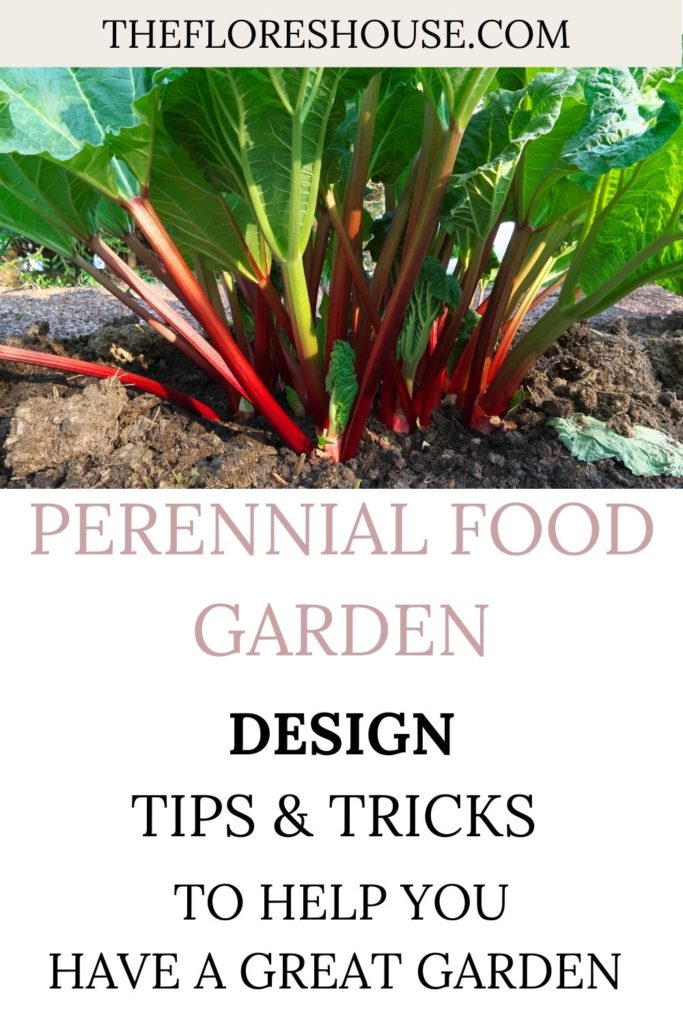
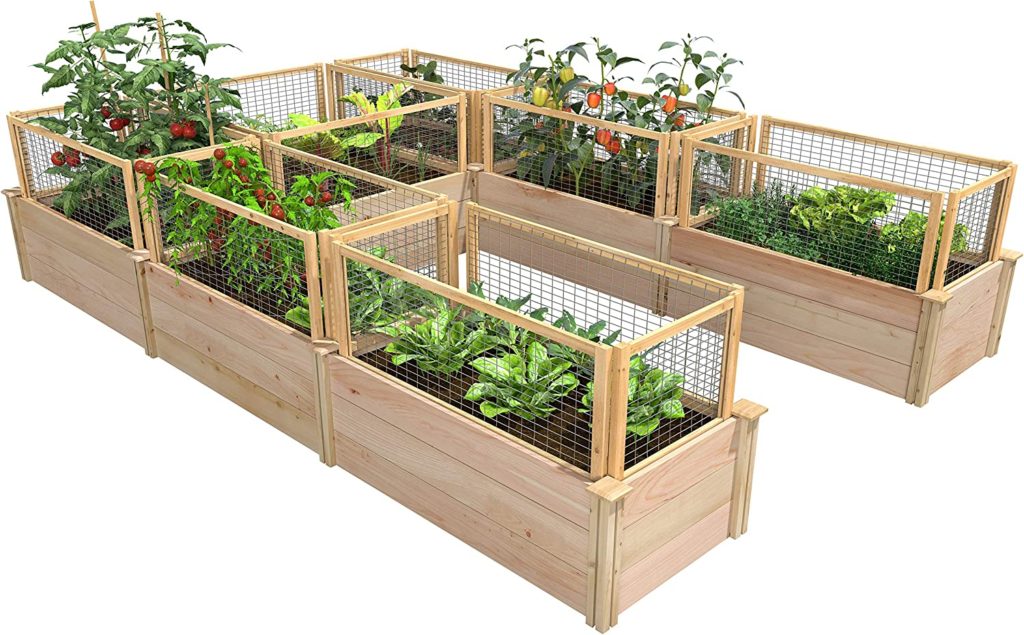
Read Next: The Guide to Buying the Best Raised Beds for Your Garden
Embrace Organic Practices
Use natural methods like composting, mulching, and crop rotation to improve soil health and reduce the need for synthetic fertilizers and pesticides.

In conclusion, designing a perennial food garden is a sustainable and rewarding way to grow fresh produce.
Selecting the right plants, planning for year-round interest, mixing vegetables and flowers, considering companion planting, incorporating hardscaping, and embracing organic practices.
Then, you can create a beautiful and functional garden that provides fresh produce year after year.
So, start designing your perennial food garden and enjoy the benefits of sustainable gardening.
Are you tired of planting the same annual crops yearly, only to see them wither away come fall? Annuals are great summer crops, but you can grow food year-round with little effort. Consider designing a perennial food garden that provides sustainable, fresh produce year after year! This article will explore the benefits of developing a perennial food garden and provide tips for creating a beautiful and functional space.
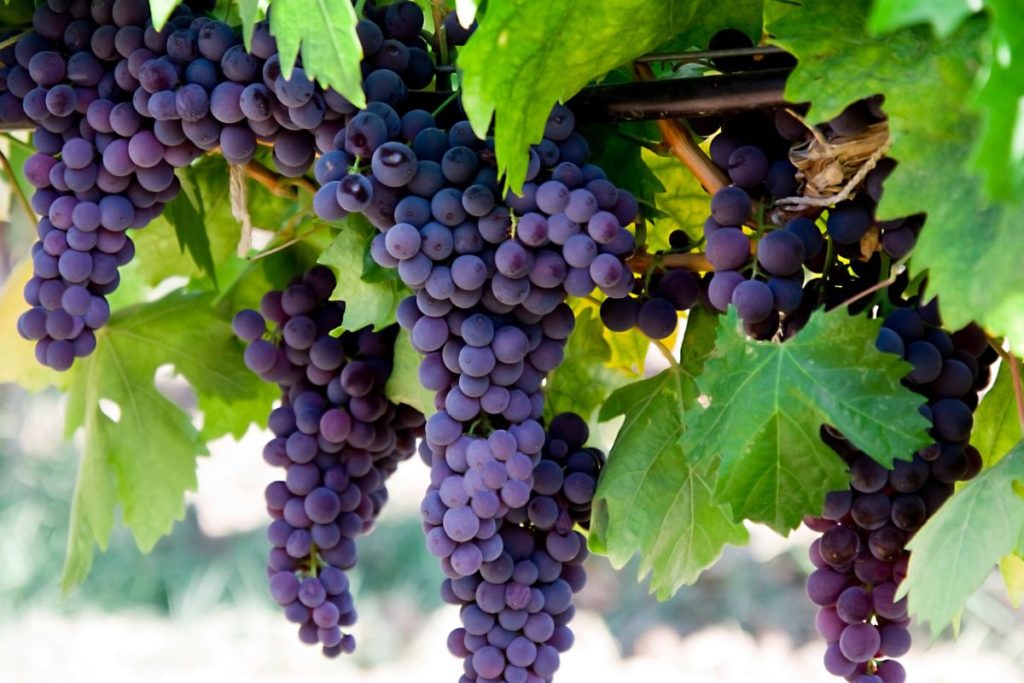
Perennial food gardens are a sustainable and low-maintenance way to grow fresh produce.
Unlike annual plants that need to be replanted yearly, perennial plants return year after year, providing a continuous supply of fresh produce. This means less time and money spent on replanting and more time to enjoy your garden.
Perennial plants are also better suited to the local climate and soil conditions, as they have adapted to the environment over time.
They require less water and fertilizer than annual plants and are more resistant to pests and diseases. Additionally, perennial plants provide beneficial insects and wildlife habitats, creating a more biodiverse garden.
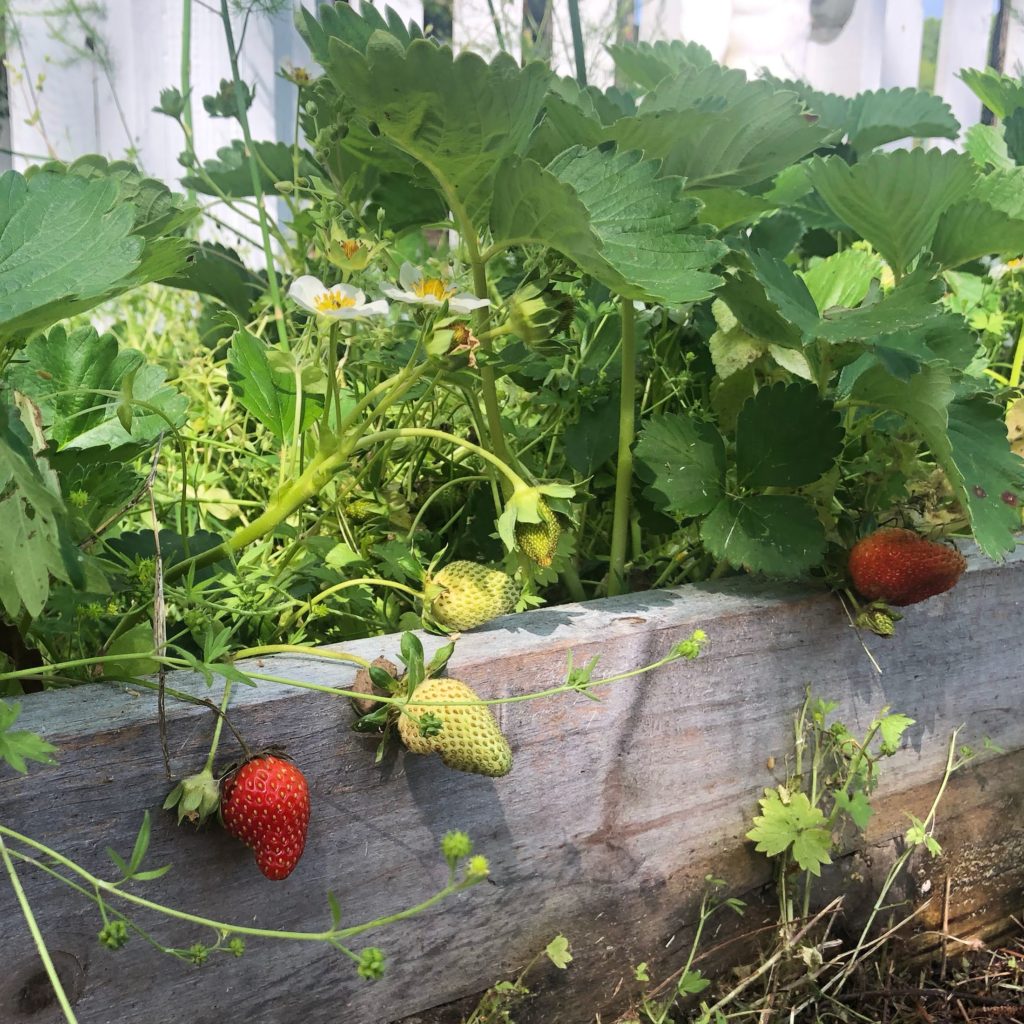
Designing a Perennial Food Garden
To access edible perennial food throughout the year, you must design your vegetable and flower gardens with a few perennial food plants.
When designing a perennial food garden, consider the following tips to create a sustainable and beautiful space:
Choose the Right Plants
Select plants that are well-suited to your climate and soil conditions. Edible perennial plants include herbs, flowers, berries, fruit perennials, nuts, and root vegetables like Jerusalem artichokes. Many vegetables and greens come back every year, too.
Research the different types of plants and their growing requirements, such as sunlight, soil pH, and water needs. Permaculture gardening techniques are the best way to grow a year-round flower and vegetable garden.
Read Next: Why You Need to Grow Jerusalem Artichokes
Plan for Year-Round Interest
Choose plants that provide interest in all seasons, including flowers in the spring and summer, fall foliage, and attractive seedheads in the winter.
For example, design food perennials like raspberries, blackberries, and blueberries so that each bush produces fruit at different times. Moreover, this technique extends the harvest season!
Shop Our Garden Store for Perennial Vegetable Seeds and Tubers!
Mix It Up
Combine vegetables, herbs, and fruits with flowers and shrubs to create a diverse and attractive perennial food plot. This not only adds visual interest but also attracts pollinators and beneficial insects.
Consider Companion Planting
Planting certain plants together can benefit each other by improving soil health, repelling pests, and attracting pollinators.
For example, growing herbs like basil and parsley near tomatoes can enhance flavor and deter pests.
Incorporate Hardscaping
Add hardscaping elements like paths, raised beds, and trellises to create structure and visual interest in your garden.
Use natural materials like stone, wood, and gravel to create a cohesive and sustainable design.
